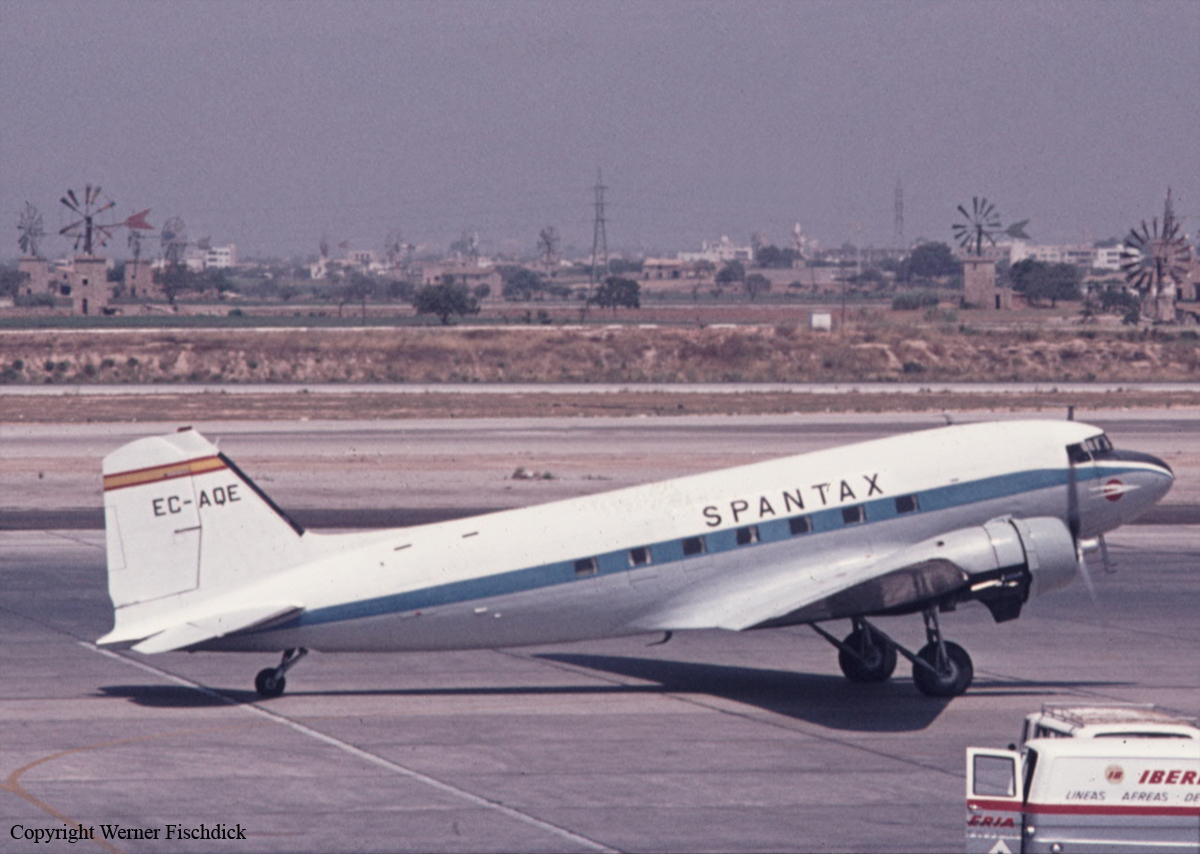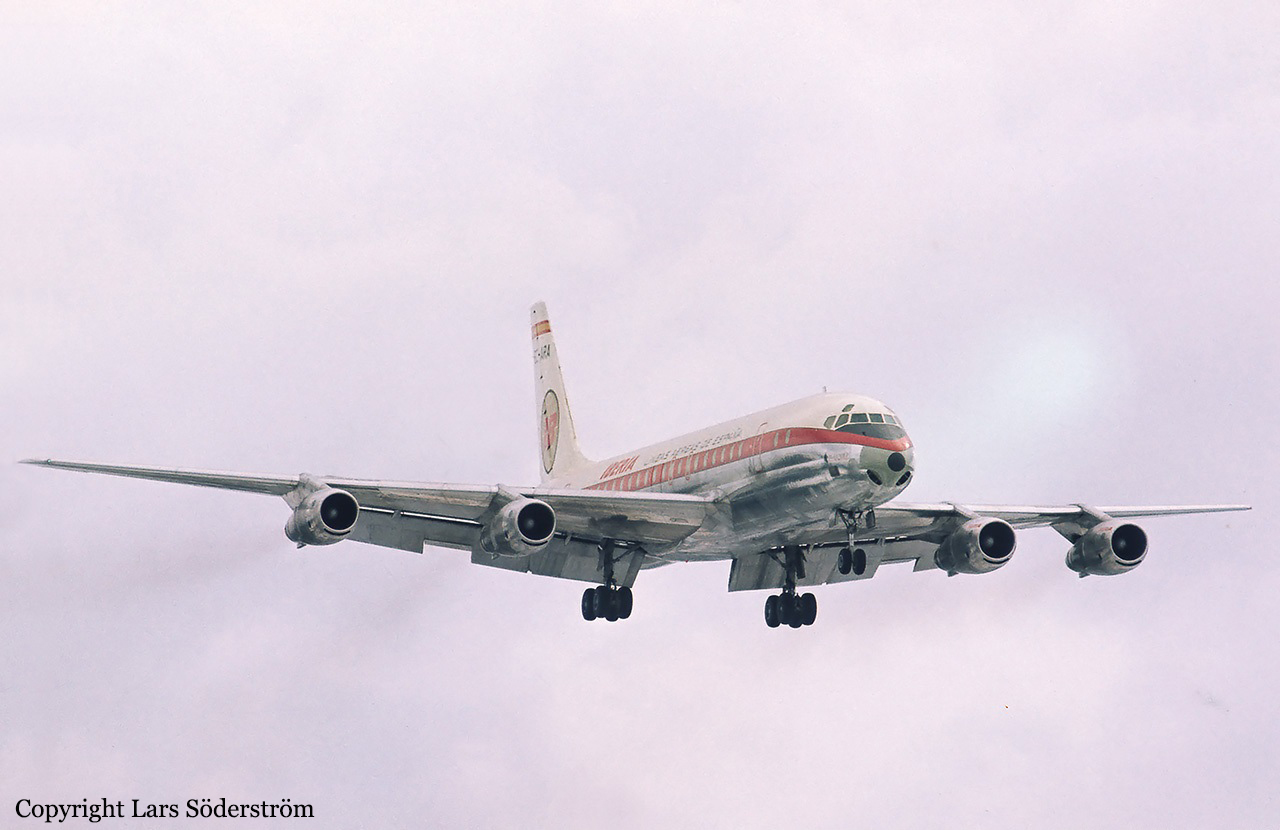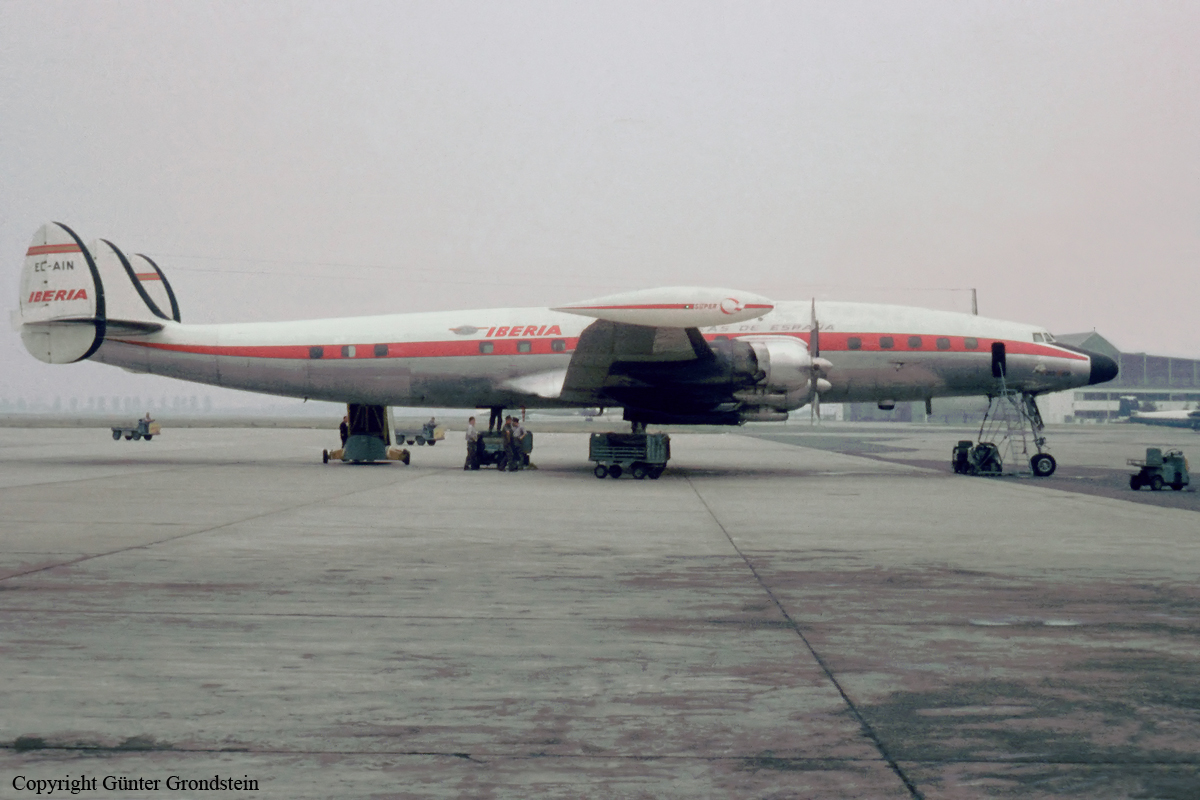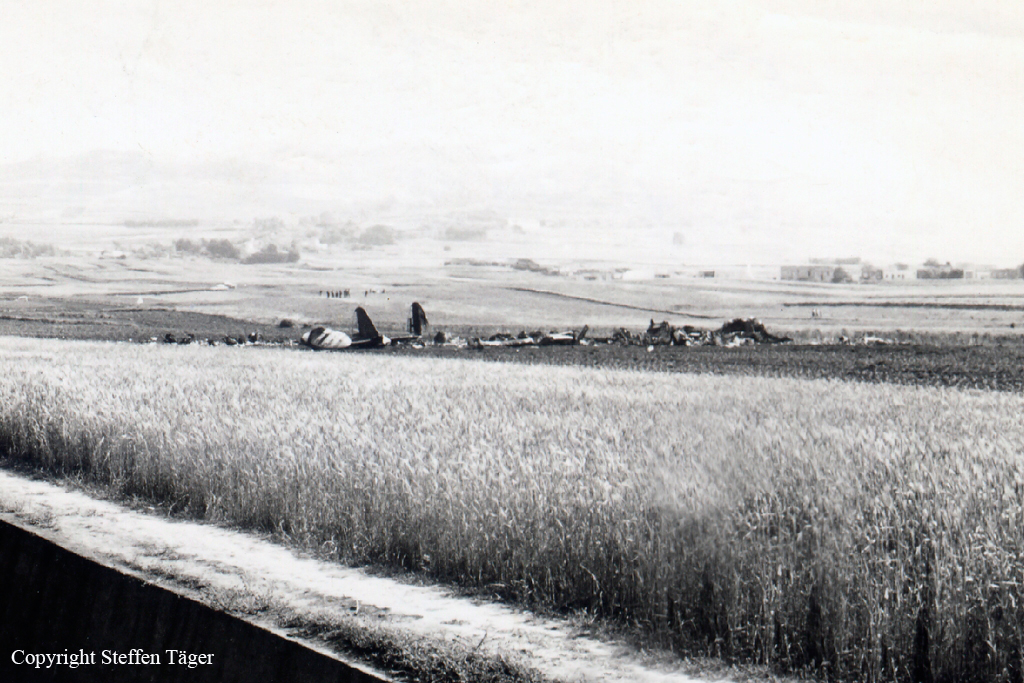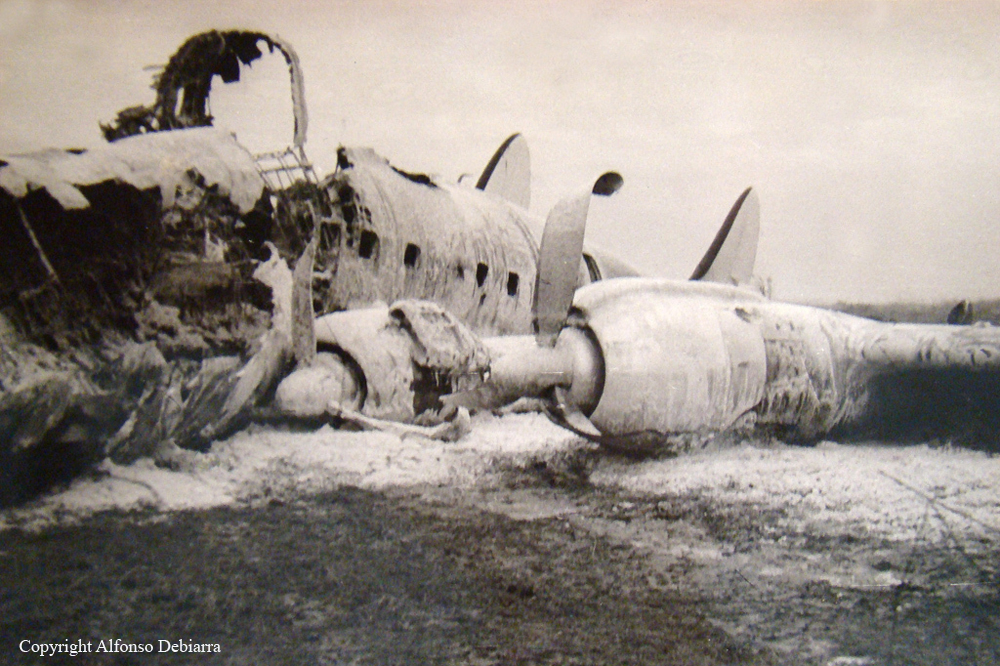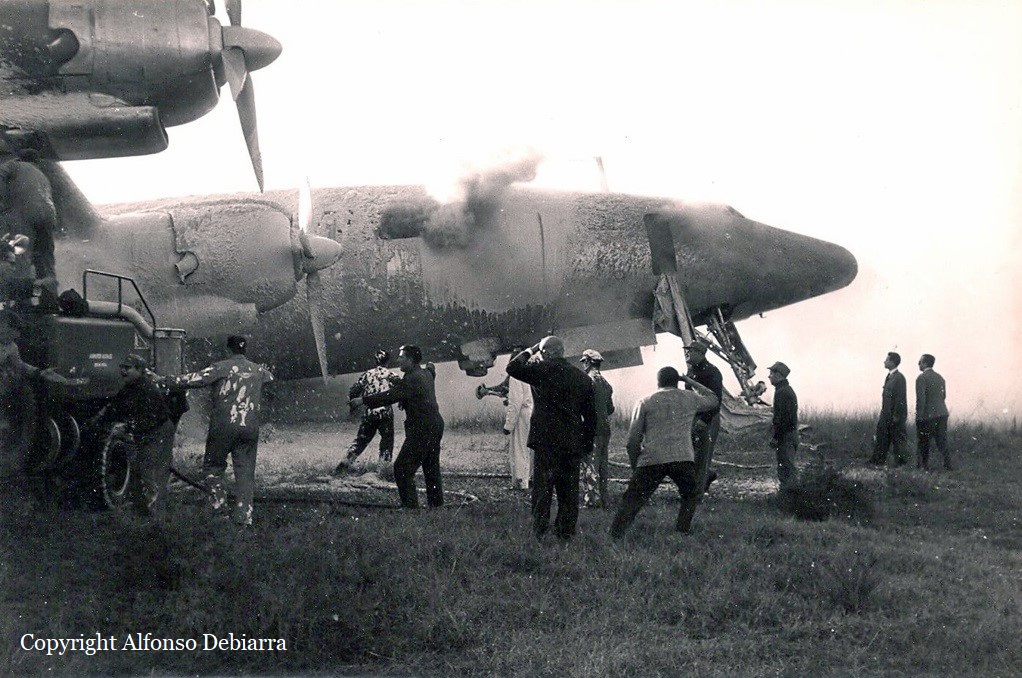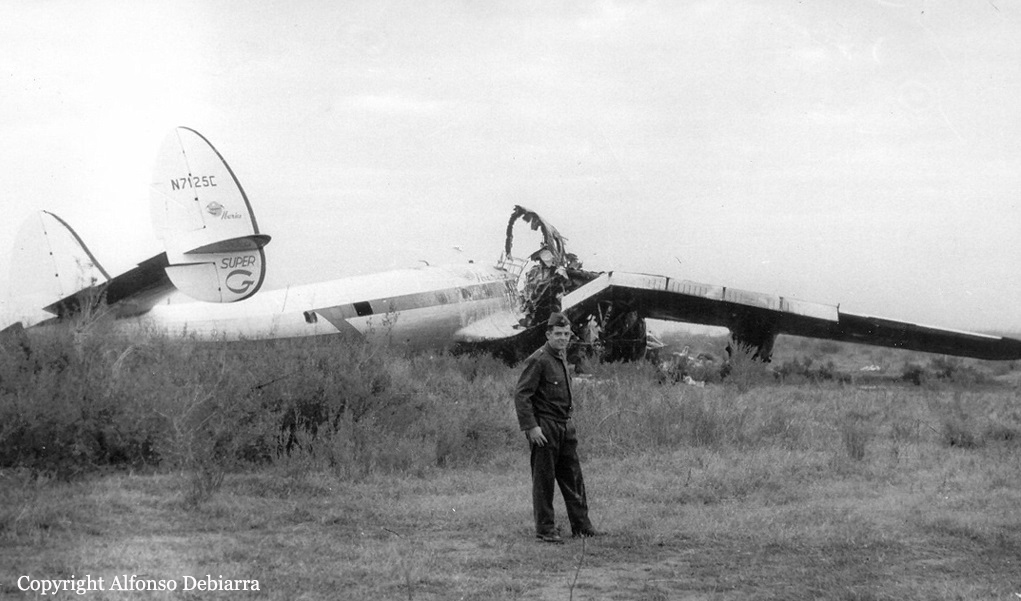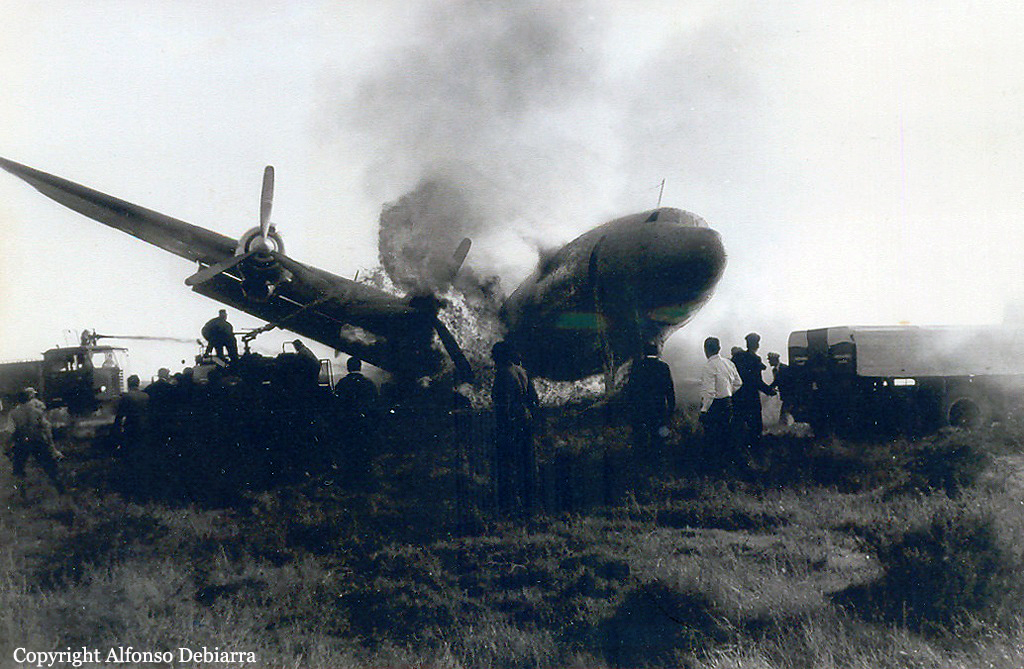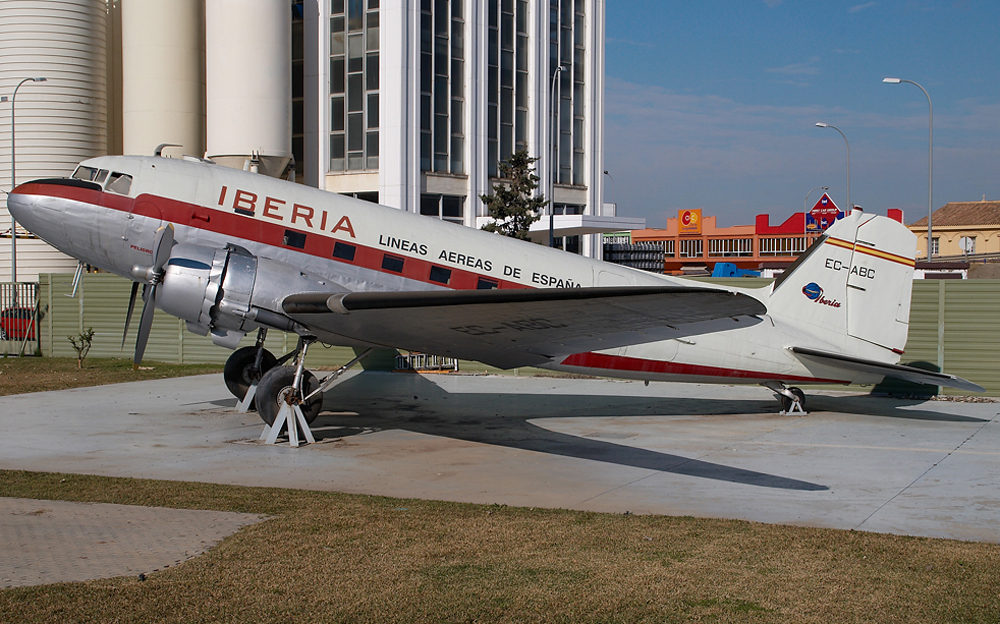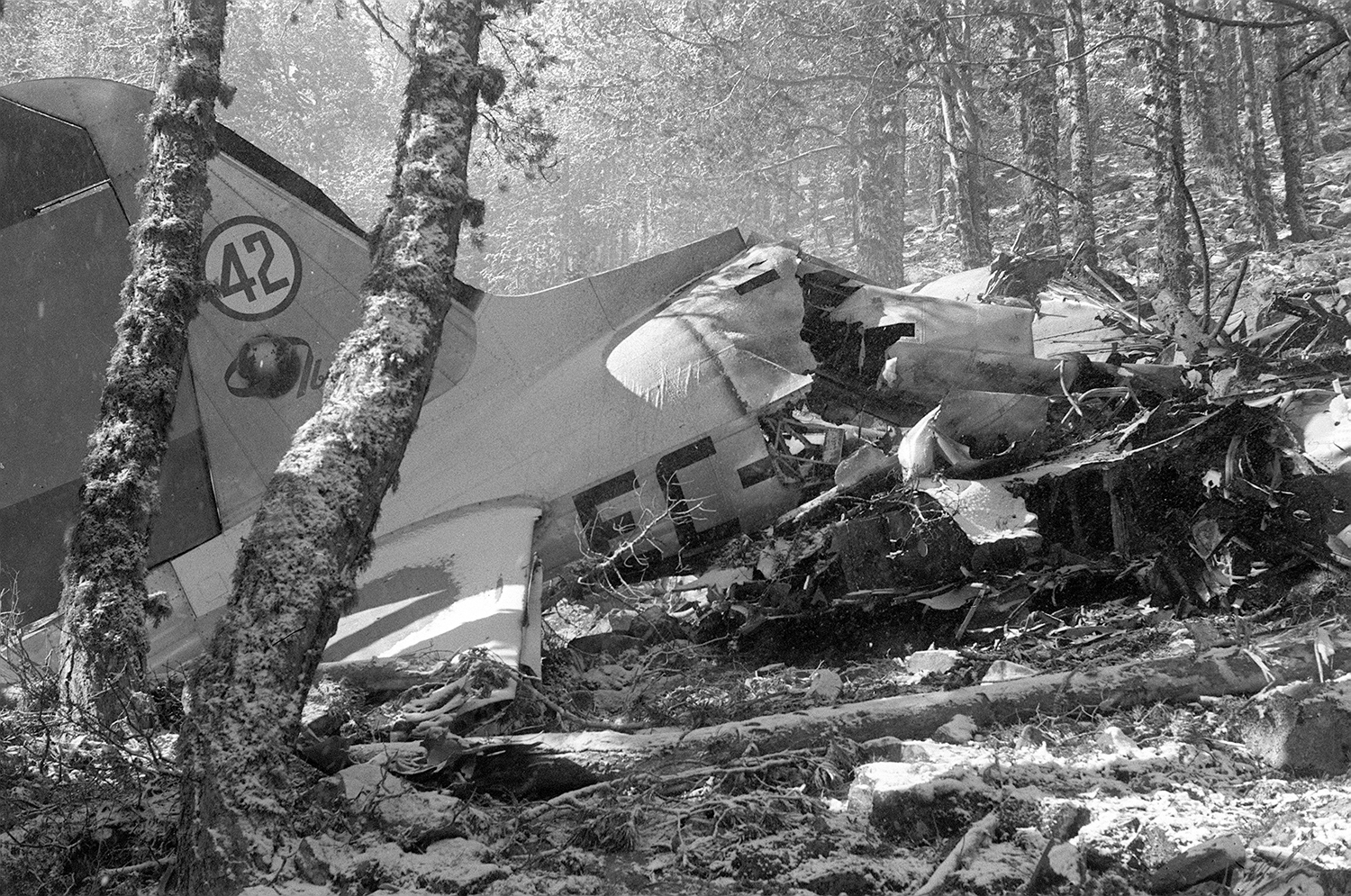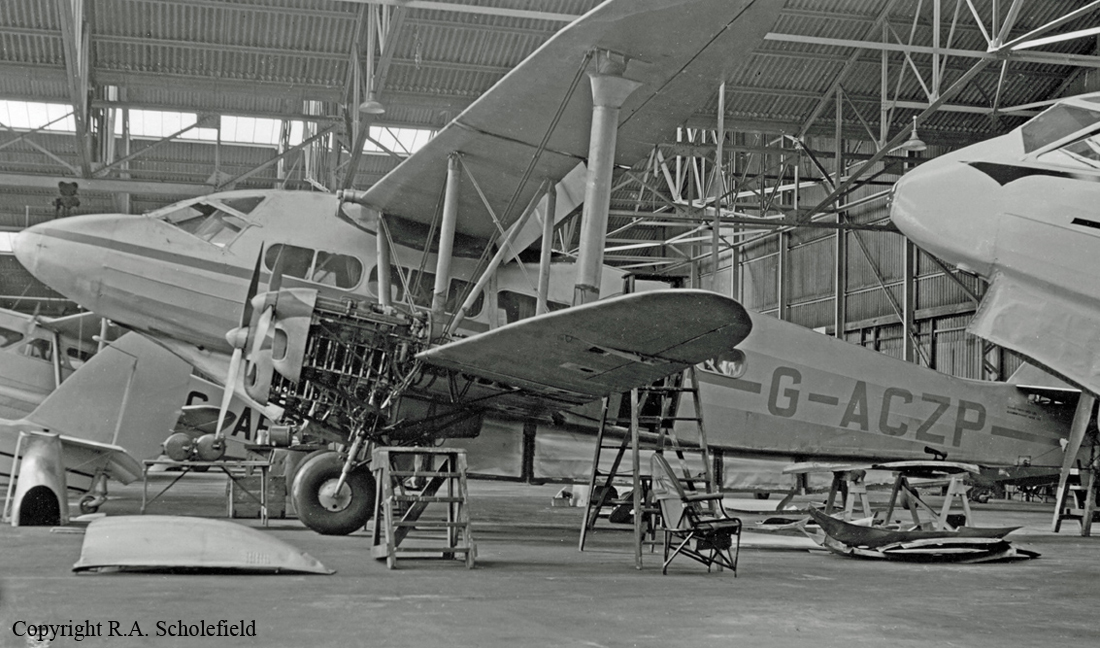Crash of a Douglas C-47B-1-DK in Madrid: 1 killed
Date & Time:
Sep 30, 1972
Registration:
EC-AQE
Survivors:
Yes
Schedule:
Madrid - Madrid
MSN:
14196/25641
YOM:
1944
Crew on board:
6
Crew fatalities:
Pax on board:
0
Pax fatalities:
Other fatalities:
Total fatalities:
1
Circumstances:
The crew was completing a local training flight at Madrid-Barajas. At liftoff, the airplane lost height, stalled and crashed. A pilot was killed while five other occupants were injured. The aircraft was destroyed.
Probable cause:
It was determined that the pilot-in-command (a student under training) pulled up to abruptly on the control column and initiated the rotation prematurely as the aircraft's speed was insufficient (between 65 and 70 knots), causing the aircraft to adopt a wrong takeoff configuration and to stall.
